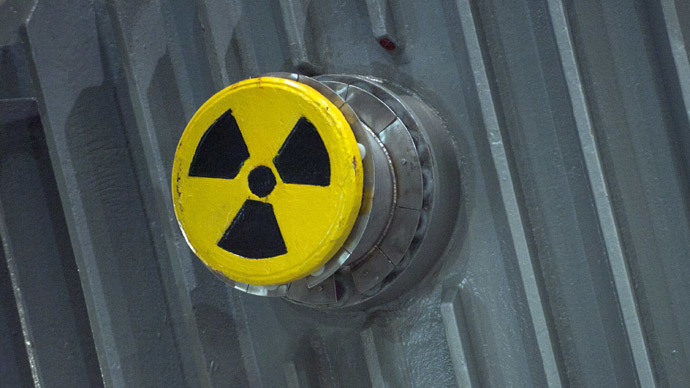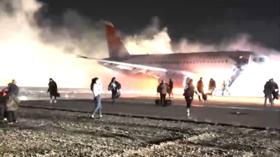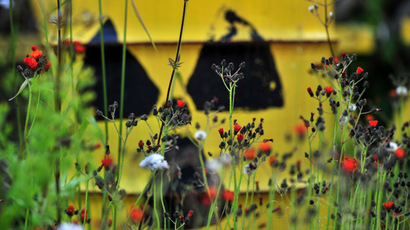NM radiation leak blamed on management, lack of safety culture

Management’s lack of nuclear expertise and an eroded safety culture are to blame for the February radiation release at the federal government’s underground nuclear waste dump in New Mexico, according to a new report by the Department of Energy.
The accident investigation report, released by the DOE’s Office of Environmental Management on Thursday, looked into the causes and handling of the radiation leak that triggered a lockdown of the entire Waste Isolation Pilot Plant (WIPP) facility near Carlsbad, NM in February.
The report, written by members of the Accident Investigation Board, cited poor management, ineffective maintenance and a lack of proper training and oversight at WIPP, according to the Associated Press. The report also found that much of the operation failed to meet standards for a nuclear facility.
"We made some mistakes. We're going to have to strengthen some of the programs," Bob McQuinn, the WIPP project manager in charge of restoring the facility, told Fronteras Desk. WIPP is one of the world’s three deep repositories for nuclear waste left over from the production and testing of atomic weapons. It buries the waste over 600 meters underground in tunnels hewn out of salt beds.
DOE Accident Investigation Board Chairman Ted Wyka previewed the findings of the latest report at a community meeting Wednesday night, AP reports, identifying the root cause as a "degradation of key safety management and safety culture."
The report showed shortcomings in nearly the entire response. Wyka focused on two of major issues: The more than 10-hour response to the emergency alarm and a bypass in the filtration system that allowed the radiation to escape to the surface.
"The bottom line is they failed to believe initial indications of the release," Wyka said at the meeting.
Don Hancock, director of the Nuclear Waste Safety program and administrator at Southwest Research and Information Center, blamed employees’ lack of nuclear experience once the contract for the facility changed hands, telling AP that the workers had more experience working in the local potash mines.
"Over time, some folks have stayed in Carlsbad, but a lot of them have moved on," he said. "Then the pressure was to hire local people, hire local people — jobs, jobs, jobs. So you hire local people with no experience in radiation but do have experience in mining. What do you expect you are going to get?"
During the town hall, Wyka said that workers feared retaliation if they identified issues, according the Albuquerque Journal reports. “During interviews, many employees indicated a reluctance to use the WIPP Form process due to a fear of retribution,” the report states. “The most prevalent example of retribution identified by employees was the assignment of undesirable tasks for a couple of weeks after submitting a WIPP Form.”
The accident likely happened more than 2,000 feet underground in a waste-storage vault, when an out-of-the-ordinary radiation spike was recorded at the facility which caused plant managers to suspend all operations. Personnel at the facility discovered the source of the radiation was a leak inside one of the salt tunnels where radioactive material is buried.
Some of the contamination reached the surface air, where air filters were activated as a precaution and workers were barred from entering the facility. Despite those actions, 21 WIPP employees inhaled or ingested radioactive particles, though in amounts that were unlikely to affect their health, officials told Reuters.
On Wednesday, a three-person team inspected the waste disposal room where the accident likely occurred. The team found contamination, but no signs of damage. It was the first time investigators had been able to access the site, Reuters reports.
The facility has been shutdown since early February - before the radiation release occurred - after a truck caught fire in one of the underground tunnels. Officials said the fire happened in a separate section of the facility to where the atomic waste is stored.














